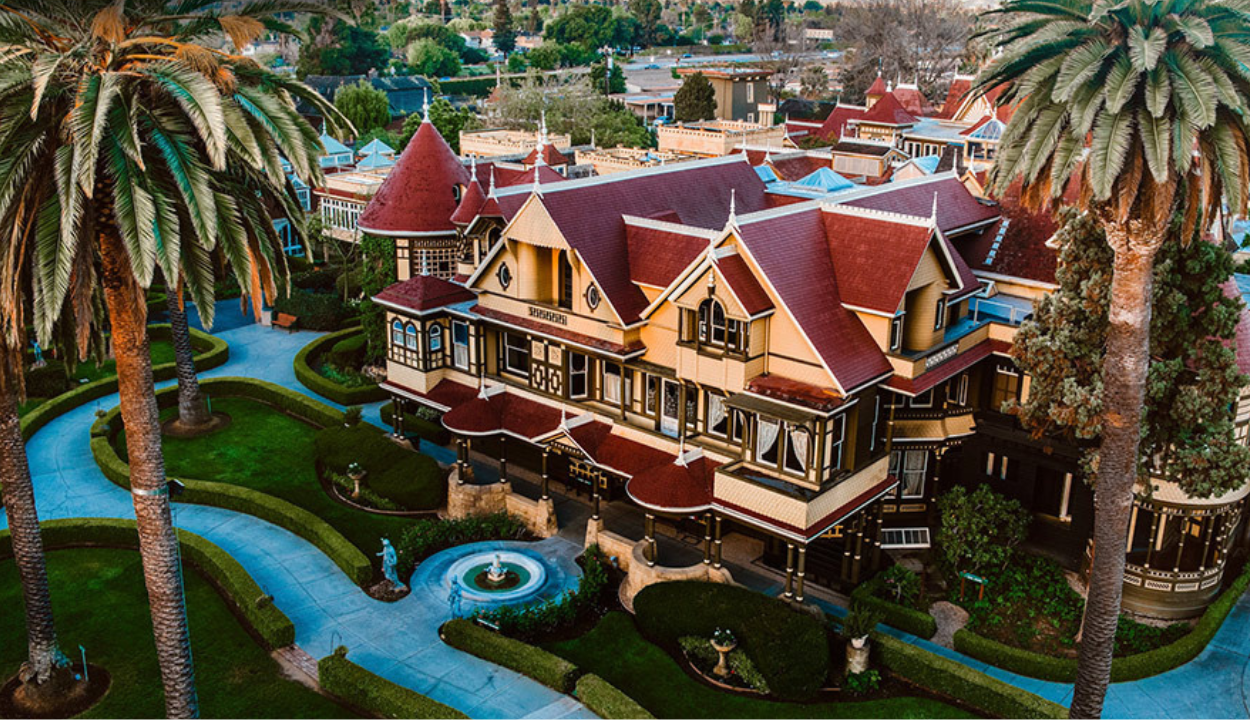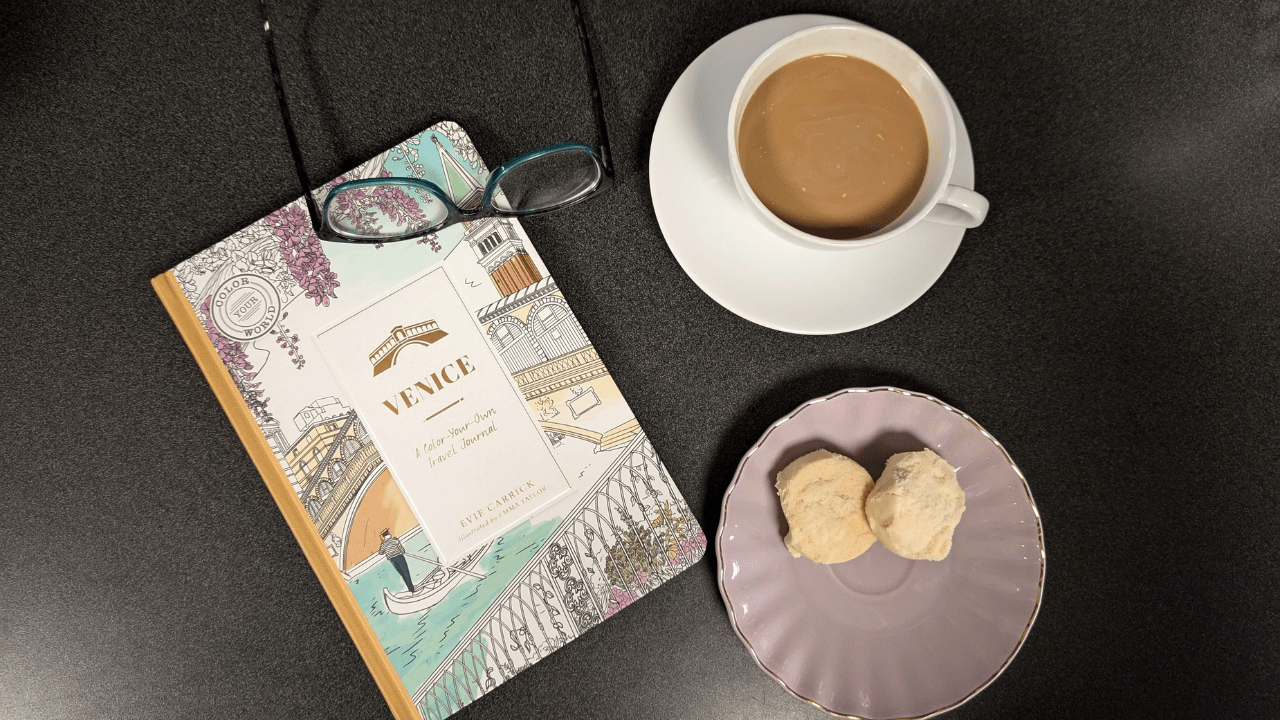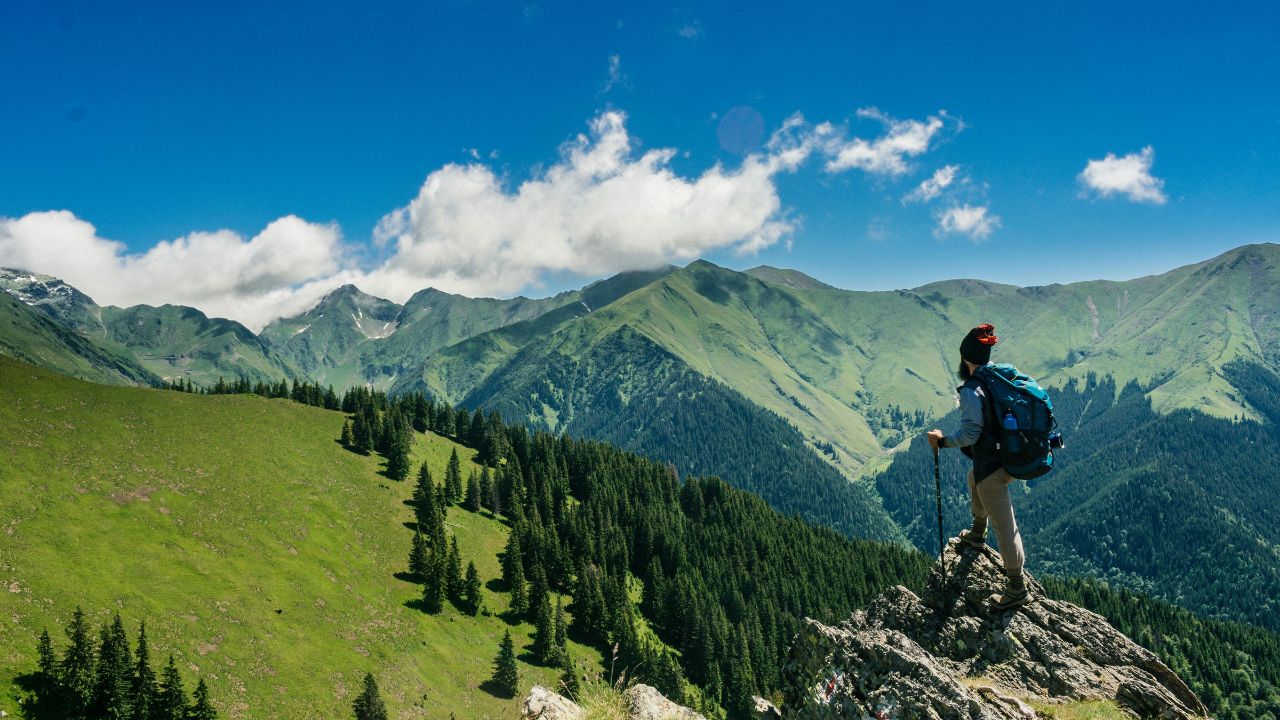When people talk about the Winchester Mystery House, they often focus on the eccentricity of its creator, Sarah Winchester. They describe her as the “crazy woman” who built this sprawling mansion, now a major tourist attraction. The house, once owned by the widow of the man who founded the Winchester Repeating Arms Company, has inspired supernatural films, ghost-hunting shows, and spooky tours. But the reality is far less dramatic.
The myths surrounding Sarah Winchester do her an injustice, reflecting more about the power of greedy men than any real facts.
From the outside, the mansion at 525 South Winchester Boulevard in San Jose appears grand and stately, much like any home of the wealthy. With its many peaks and turrets, the house is an architectural blend of Victorian, Gothic, and Queen Anne styles, attracting history buffs and architecture enthusiasts alike.
Yet, it’s the mansion’s eccentricities that truly draw the crowds. Ghost stories, staircases that lead to nowhere, and other oddities lure curious visitors and supernatural fans alike, eager to hear the fictionalized accounts spun by tour guides who seem trustworthy.
The Winchester Mystery House Today
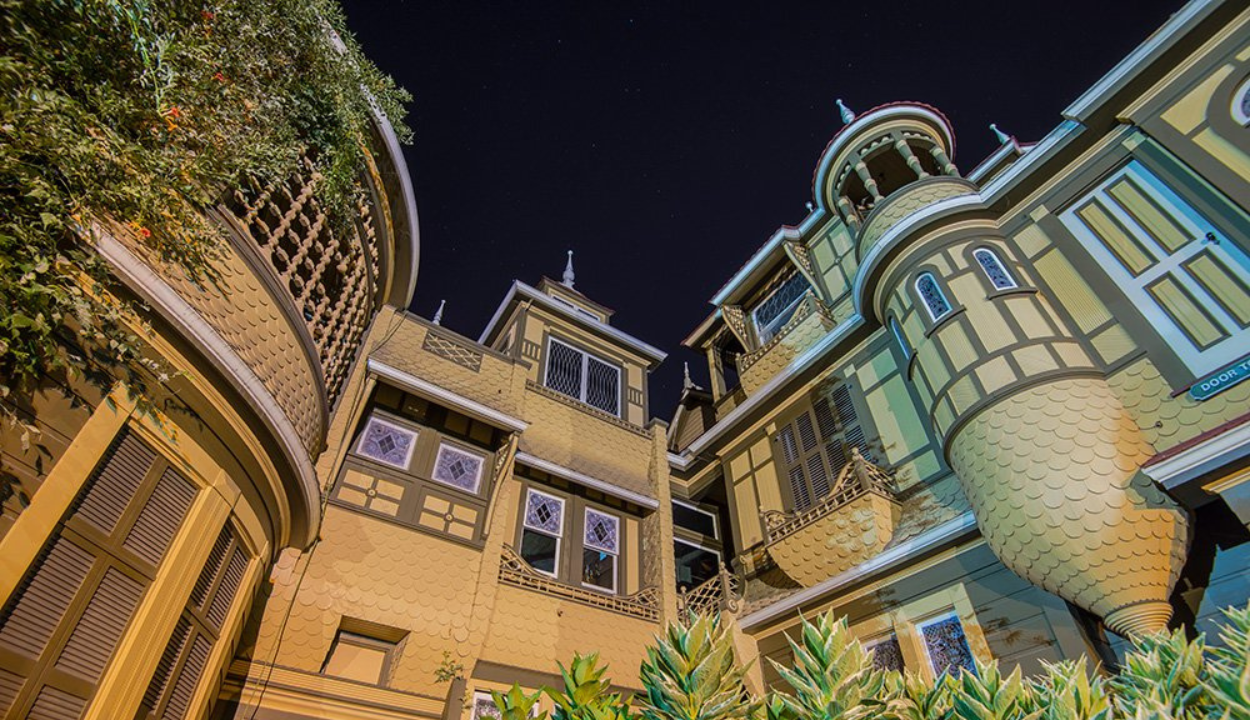
In 1884, Sarah Pardee Winchester oversaw the beginnings of construction on her new mansion. Over the next 38 years, she chose to add rooms and sections, leading to the home’s bizarre and mysterious allure today. The results aren’t just logical extra wings or rooms — they combine strange things like doors that open onto walls, labyrinth passages that don’t lead anywhere, and a repetition of cobweb ironwork with the number 13 weaved in.
The result is a sprawling 24,000-square-foot house featuring 160 rooms, marble floors, decorative fireplaces, intricate plasterwork ceilings, and elegant chandeliers. This house isn’t just for history lovers — anyone drawn to the unusual and those who love an interesting story.
Who Was Sarah Winchester?
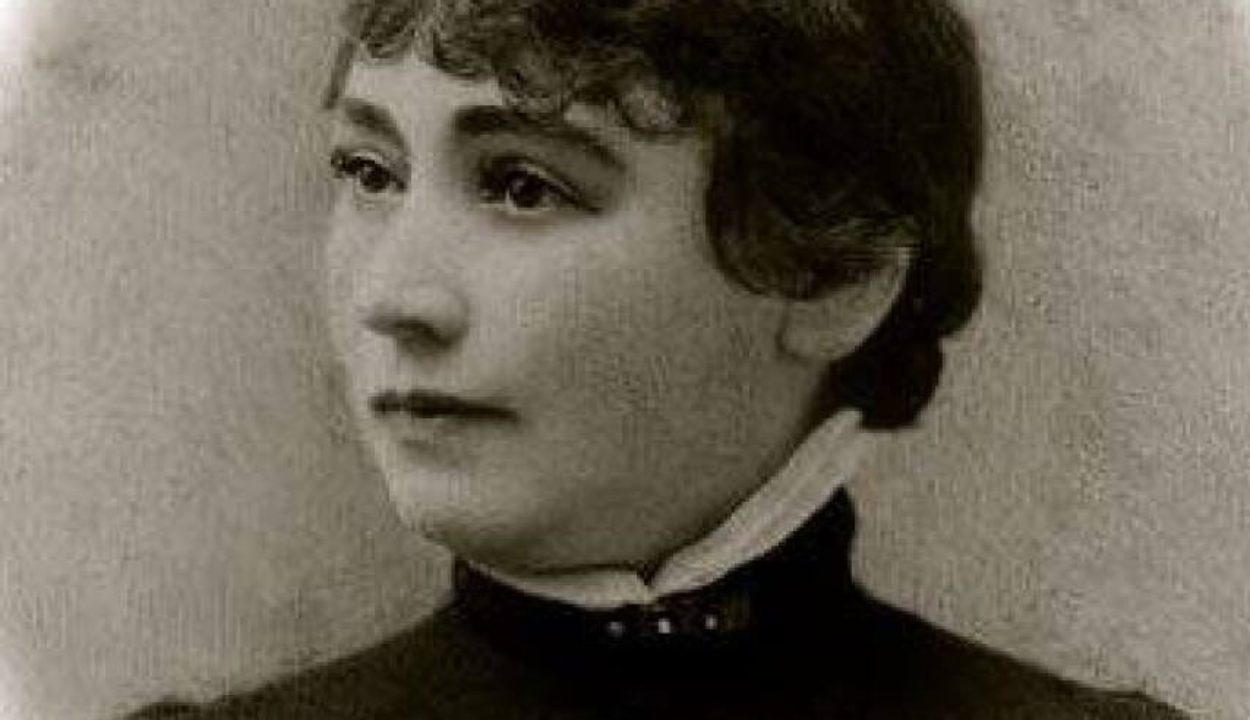
In 1839, Sarah Pardee entered the world as a member of an ordinary family in New Haven, Connecticut. Her looks earned her the title “Belle of New Haven,” and she was well-educated and proficient in four languages. When she was 22, Sarah married fellow New Haven resident William Winchester. Her father-in-law, Oliver Winchester, owned a textile manufacturing company, and William was in line to inherit the business. Oliver also became interested in the firearm trade and started the Winchester Repeating Arms Company in 1866.
The introduction of the 1873 Winchester Model, which sold over 700,000, was known as “the gun that won the West” and was used by celebrities such as Annie Oakley, Buffalo Bill, and President Roosevelt. When William died of tuberculosis in 1881, Sarah inherited 50% of Winchester Repeating Arms and 20 million dollars.
Hardship wasn’t far from Sarah. In 1866, she faced the loss of her only child to a protein disorder. The years that followed brought further heartaches — her mother’s passing in 1880, followed by her father-in-law a year later, her husband in 1882, and her sister in 1884.
Understandably, she needed a change of pace. After a European tour, Sarah sought solace out west in California. In 1884, she purchased a 40-acre plot with a farmhouse in San Jose, marking a new chapter in her life.
Exploring the Myths of the Winchester Mystery House
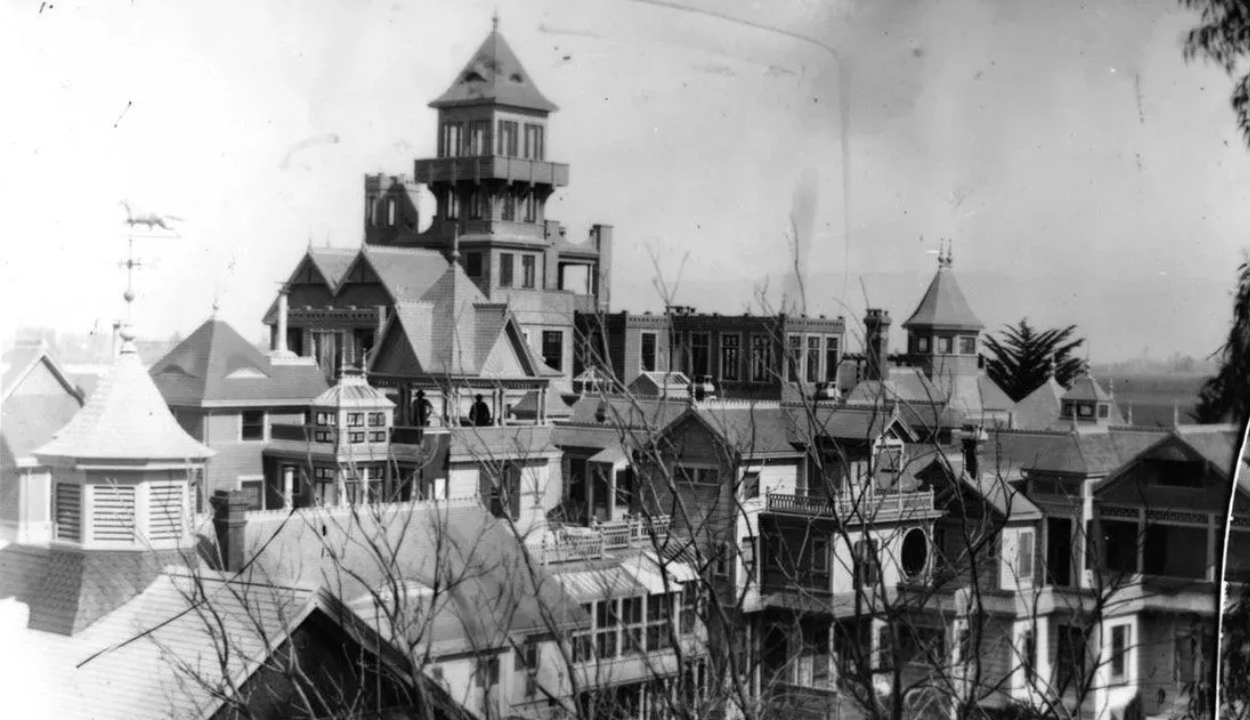
Sensationalism sells newspapers, and papers of the day loved to speculate about the strange Sarah Winchester, who would have preferred to keep to herself. Mary Jo Ignoffo, in Captive of the Labyrinth, reveals that Winchester was incredibly reclusive.
However, which parts of Sarah’s life are true and which parts are not is debatable. Countless articles spin the same story about how she became so distraught at the thought of all the people the weapons had killed that she believed their ghosts were haunting her. Despite this, she remained a part owner of Winchester Repeating Arms until she died in 1922.
Despite the rumors, Sarah wasn’t the superstitious or occult-obsessed figure many believed her to be. According to family and staff, she was a charitable woman who preferred to keep her good deeds out of the spotlight, leading the media to label her a cheapskate.
Sarah’s real passion was in architecture. She subscribed to numerous magazines and journals on the subject and personally designed and experimented on most of her home, including its unique additions and features.
When Tour Guides Must Lie
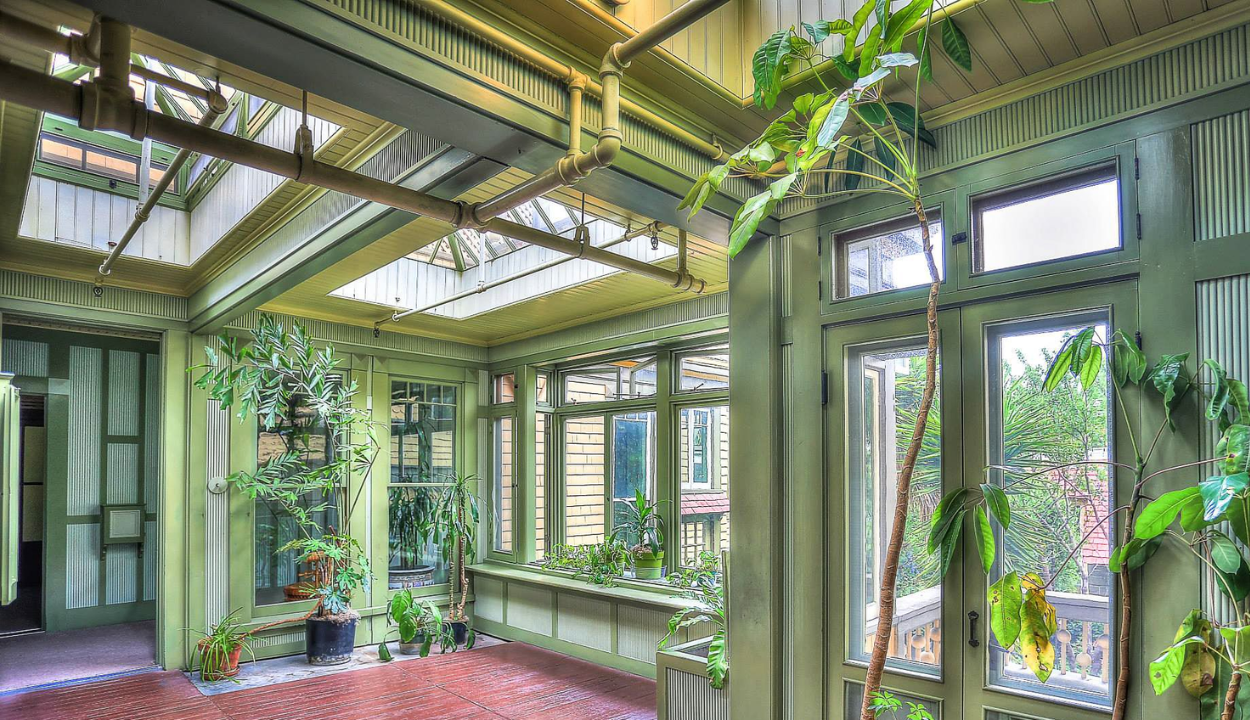
In Ghostland: An American History in Haunted Places, Colin Dickey debunks some of the myths surrounding the mansion. The so-called “séance room” was actually the gardener’s quarters. Despite sensational newspaper reports, construction at the San Jose property often paused, such as after the 1906 earthquake when the top floors of the mansion collapsed. Sarah chose not to repair them, and work on the house stopped for a time.
After Sarah’s death, most of her estate was left to her relatives. The San Jose mansion was sold in 1923, and the new owner quickly turned it into a tourist attraction. According to carpenter James Perkins, many eerie elements — like 13 chandeliers and 13 bathrooms — were added posthumously to feed the legend of Sarah’s supposed obsession with the supernatural.
How do you get people interested and pay to enter a sprawling mansion? Turn it into a tourist attraction with a wild story. Also, give your tour guides a script they cannot deviate from despite knowing the real truth.
Personally, I’m very curious about the mediums, ghost hunters, and psychics who claim to contact the dead here — either those of the workers who died during construction or the gun victims her business killed. They may be surprised to learn that there are no records of any deaths on the property — including Sarah herself.
Have You Seen Helen Mirren’s Winchester?
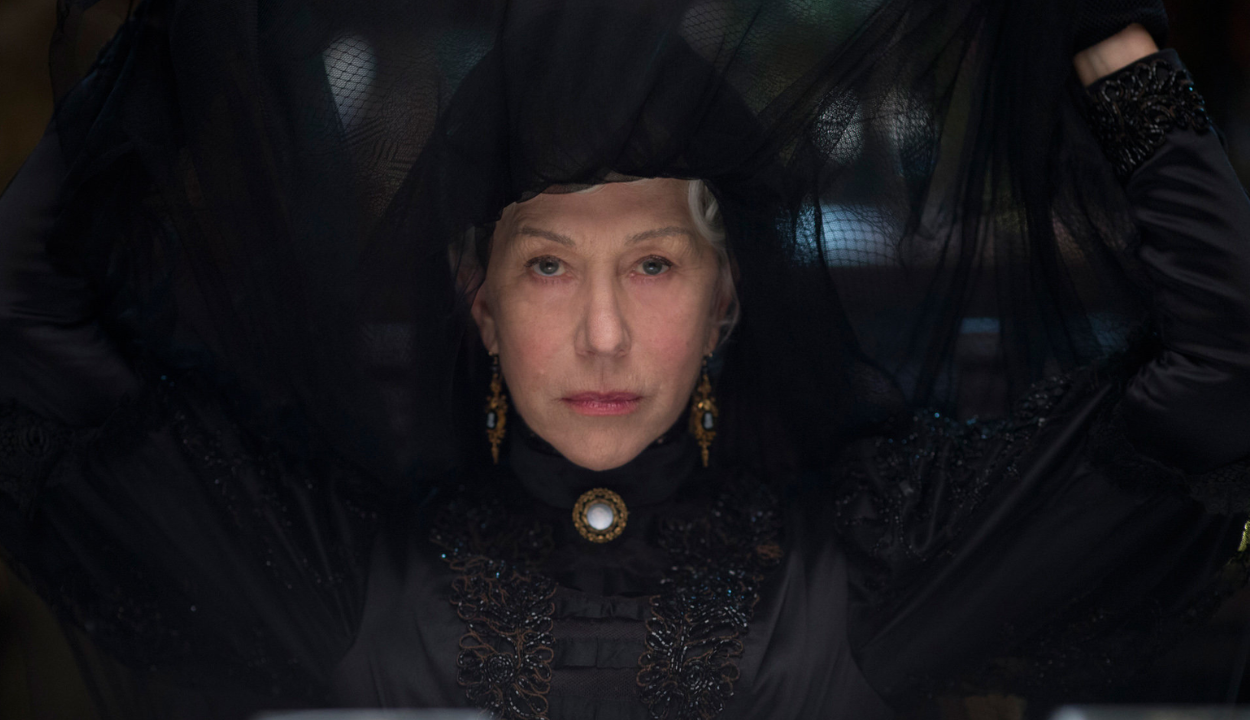
In 2018, Dame Helen Mirren appeared in the horror flick Winchester, where she played the role of the heiress. The account by writers Tom Vaughan and the Spierig brothers is based on the persistent myths surrounding Sarah Winchester. Instead of helping to uncover the truth, Hollywood amplified the lies and myths. While the film is a fun horror story, there’s likely little in it that is historically accurate.
Despite what you might think, very little of the movie was actually filmed at the Winchester Mystery House. Aside from exterior shots, most filming took place in Melbourne, Australia. The filmmakers used two historic mansions, Labassa and Rippon Lea — both National Trust properties — and built sets to recreate the Winchester rooms. I had the unique experience of being a volunteer tour guide at Labassa for a few years and was lucky enough to be there during filming. It’s a perfect example of how easily things can be manipulated to appear just the way we want.
Visiting the Winchester Mystery House
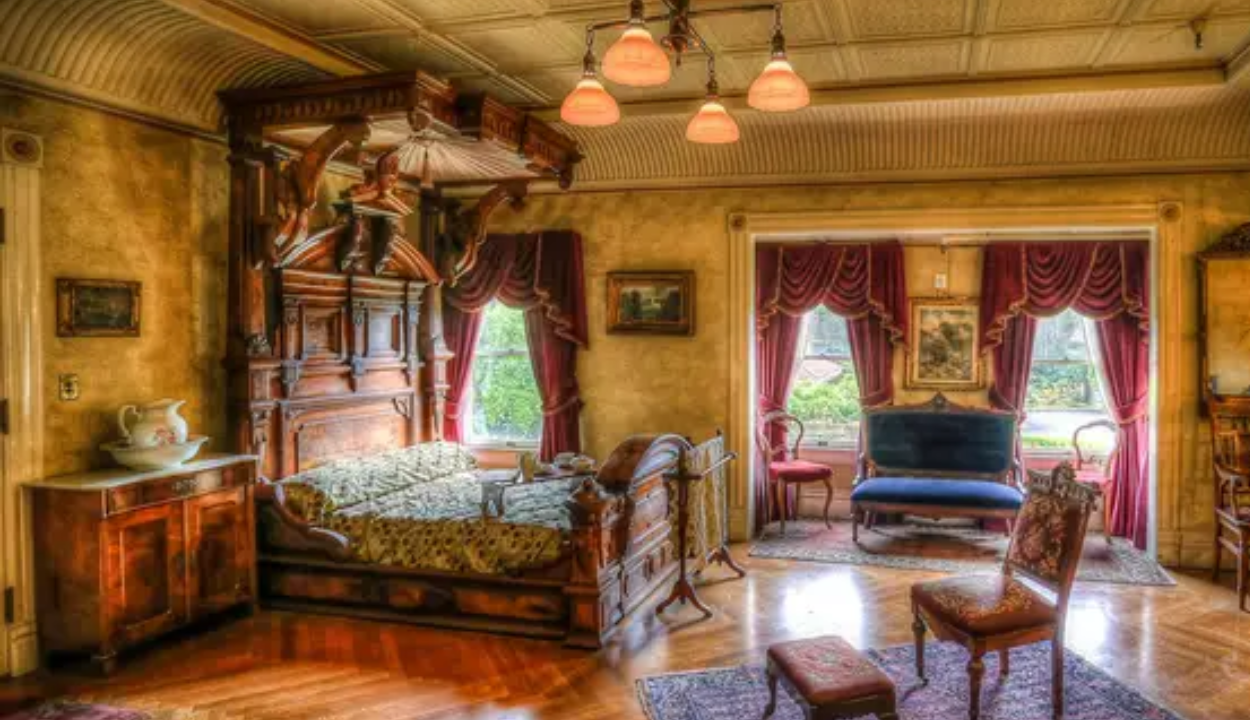
Despite dragging Sarah Winchester’s name through the mud, the house is still worth a visit for its architectural appeal — just take the tour guide’s spiel as something they have to do as part of their employment. The Winchester Mystery House is centrally located in San Jose.
It’s also easy to get to if you’re traveling from San Francisco. You can take a train from San Francisco Station to Santa Clara Station. From Santa Clara, you can catch bus number 60. You can also catch the train or Monterey Airbus direct from San Francisco Airport to San Jose Airport and then the number 60 bus. The property is an hour’s drive from San Francisco.
Besides Christmas Day and Thanksgiving, the house is open daily from 10 AM to 4 PM on weekdays and 10 AM to 7 PM on weekends. There is parking onsite. Unfortunately, the house is not wheelchair accessible, and those who have difficulty with stairs may have issues maneuvering inside. There is also no air conditioning or heating, but the house tends to keep cool on hot days.
Purchase Tickets in Advance
I recommend that you pre-purchase your tickets through the online booking system. If you do so at the house, you may have to wait for an hour or two before the next tour is available. You must take a tour to view the rooms available to the public. However, you can walk around the beautiful gardens whenever you like. Tours take just over an hour and are $42 for adults, and children under five are free.
If you’re interested in a more factual history, I recommend reading Mary Jo Ignoffo’s Captive of the Labyrinth.

